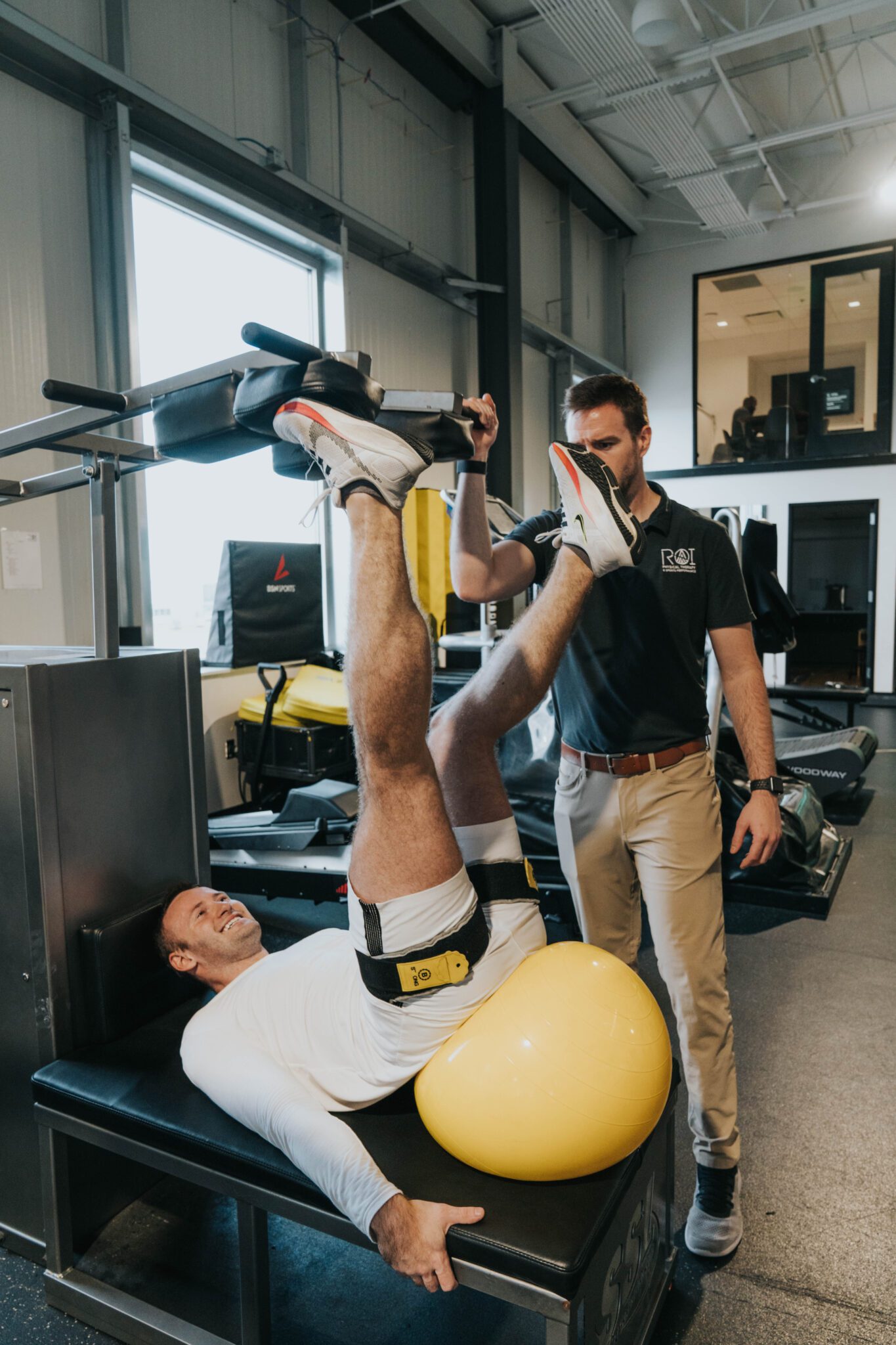It can happen to football players, basketball players, moms, runners, and anyone who happens to run, jump, or play sports. Three little letters can be the source of some very big physical problems: ACL. The anterior cruciate ligament is one of the knee’s major ligaments. It can tear as a result of twisting, impact, or hyperextension of the knee. Sometimes athletes will tear an ACL by suddenly stopping, changing direction, jumping, or landing awkwardly. Twisting and pivoting can also stress the ACL and cause it to tear. Still more ways to hurt your ACL include car accidents, falls, or even overuse.
No matter how your ACL injury happened, there are some different things to expect as well as some ideal ways to rehabilitate after having an ACL surgery. Read on to learn more about what to expect from ACL rehab.
Recuperation: After surgery, it’s normal to have some pain and swelling, as well as some stiffness in the knee joint. Post-surgery, doctors may prescribe medicine for pain. In the first few days after surgery, meds and rest are the best prescription for care.
Patience: The timelines for healing after ACL surgery tend to vary greatly. Many patients return to normal athletic or sports activities within several months to a year after surgery. Factors such as the severity of the injury or the kind of surgery you had can affect your healing time. Things like the patient’s age, diet, and overall health play a role in the recovery process as well.
Equipment: Depending on any other damaged structures in the knee along with the reconstructed ACL, your surgeon will have you as modified weight-bearing, meaning you will only put some weight through your surgical knee with the assistance of crutches and a knee brace.
Physical therapy: In addition to meds, a doctor might recommend starting a physical therapy routine. PT can help manage pain and encourage healing. A consistent physical therapy regimen can help with getting strength, flexibility, and range of motion back in the knee. A physical therapist can help to guide patients through exercises gradually, going from simple to challenging stretching and strength exercises.
Understand more about the healing process. Some of these steps to healing include:
- Promoting adequate tissue protection and healing.
- Healing of soft tissue through inflammation, regeneration, and remodeling.
- Restoring range of motion.
- Minimizing muscle loss.
- Regaining full function.
- Addressing atrophy and hypertrophy.
Find the right physical therapist. Strength and functionality are the goals of healing. A physical therapist can help with these things. At ROI, the physical therapists have extensive work experience with college and pro athletes. Their expertise helps with promoting faster healing and recovery. In addition, ROI offers many more rehabilitative services that complement physical therapy. The right professional can make the right plan for you.
An integrated approach is effective. It’s important to account for the whole athlete throughout the healing process. ROI employs many different specialists who create individually tailored plans for patients. This helps to bridge the gap between basic rehabilitation and performance recovery. A combination of physical therapy, nutrition, strength and conditioning, and therapies like massage can help athletes to heal faster.
Come back stronger: ROI helps with the process of healing damaged tissue, which reduces the risks of re-injury, chronic pain, and dysfunction. Working to regain function, strength, and mobility can begin as early as your first session with ROI. Our team will ensure communication with your surgical team so we can maximize your rehabilitation process every session, even if you are still using crutches and wearing a brace.
Mind your movement system: Your body’s movement system is the collection of cardiovascular, pulmonary, endocrine, integumentary, nervous, and musculoskeletal systems. All of these systems interact to move your body and limbs. After ACL surgery, trainers and therapists can take special care to make the movement system a major focus of recovery; this focus can help with the prevention of future injury.
Customized programs make a difference: A custom program with stretching and tailored exercises will be designed to help regain movement and strength. Having a program targeted to your specific needs can help to achieve the highest level of post-surgery performance. ROI uses innovative techniques, the latest technology, and scientific research to support athletes as they heal. Incorporating holistic wellness helps patients to fully recuperate.
Measure your progress: Doing the right exercises at the right time and with the right frequency helps with progress. Tracking and monitoring changes in healing, adjusting exercises as needed, and incorporating helpful additional therapies can boost your healing routine.
Enlist the help of a team: You’re the captain of your healing team. A professional crew that includes physical therapists, exercise physiologists, strength and conditioning coaches, and registered dieticians can enhance your healing journey.
Reach out to the experts: The team at ROI can help with post-surgery ACL rehab. Science-based practices, hands-on expertise, and high standards for care make ROI exceptional.
Learn more about ROI’s offerings on their website, or give them a call at 512-872-4397 to secure a team of professionals for your ACL rehab care.

